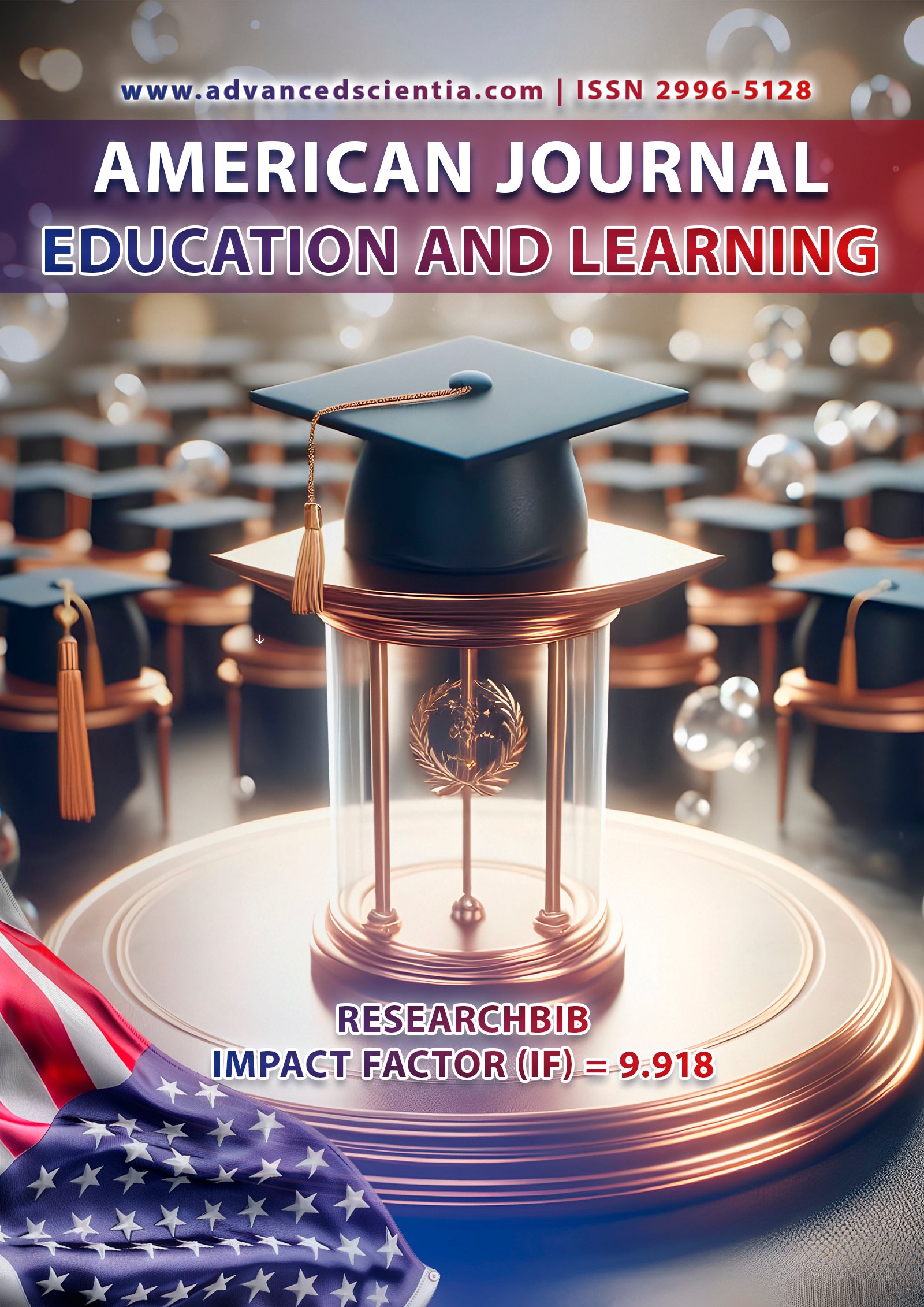TECHNOLOGY FOR DEVELOPING SOCIOCULTURAL COMPETENCE OF FUTURE SCIENCE TEACHERS
Abstract
The development of sociocultural competence in future natural science teachers is essential for fostering inclusive and effective learning environments in increasingly diverse classrooms. This competence involves understanding, respecting, and integrating students' cultural backgrounds into teaching practices. Technology plays a vital role in enhancing this competence by providing teachers with the tools to access culturally relevant resources, engage in global collaborations, and deliver personalized learning experiences. Digital platforms, virtual simulations, online courses, and collaborative tools help future educators incorporate diverse perspectives into science lessons, promote cross-cultural understanding, and create an inclusive classroom environment. By leveraging technology, science teachers can better connect with students from various cultural contexts, fostering a more engaging and equitable education. This topic explores how technology can be utilized to develop sociocultural competence in future science educators, preparing them to effectively navigate the cultural diversity of today’s classrooms.
References
1. Ayers, W., & Klonsky, M. (2000). “Teaching for Social Justice”.
2. Banks, J. A. (2007). “Multicultural Education: Issues and Perspectives”.
3. Barab, S. A., & Duffy, T. M. (2000). “From Practice Fields to Communities of Practice”.
4. Garrison, D. R., Anderson, T., & Archer, W. (2001). “Critical Thinking, Cognitive Presence, and Computer Conferencing in Distance Education”
5. Castro, A. J., & Millán, E. (2020). “Technology for Culturally Responsive Education: An Overview”.
6. Coiro, J. (2011). “The Role of Technology in Supporting Students’ Sociocultural Competence”.
7. Darling-Hammond, L., & Bransford, J. (2005). “Preparing Teachers for a Changing World: What Teachers Should Learn and Be Able to Do”.
8. Gay, G. (2010). “Culturally Responsive Teaching: Theory, Research, and Practice”.
9. Hammond, Z. (2015). “Culturally Responsive Teaching and the Brain”.
10. Hattie, J. (2009). “Visible Learning: A Synthesis of Over 800 Meta-Analyses Relating to Achievement”.
11. Kersting, N., & Gibbons, L. (2010). “Professional Development for Culturally Responsive Teaching”.
12. Kirkwood, A., & Price, L. (2014). “Technology-Enhanced Learning and Teaching in Higher Education: What Is ‘Enhanced’ and How Do We Know?”.
13. Kuhn, D., & Pease, M. (2006). “Do We Need Better Evidence of the Effectiveness of Technology?”.
14. Ladson-Billings, G. (1994). “The Dreamkeepers: Successful Teachers of African American Children”.
15. Mishra, P., & Koehler, M. J. (2006). “Technological Pedagogical Content Knowledge: A Framework for Teacher Knowledge”.
16. Nieto, S. (2004). “Affirming Diversity: The Sociopolitical Context of Multicultural Education”.
17. Puentedura, R. R. (2013). “SAMR: A Model for Transforming Learning with Technology”.
18. Zhao, Y., Pugh, K., Sheldon, S., & Byers, J. L. (2002). “Conditions for Classroom Technology Innovations”.






















